
What causes algae?
Algae problems are a result of too much light and/or an abundance of nutrients in the water. If your algae is a result of too much light, reduce the amount of time your lights are on every day (should be 10 to 12 hours). Too many nutrients in the water come from too much uneaten food, fish waste or rotting dead plants. If you have a heavily planted tank, the plants should use the nutrients from the fish waste, but sometimes the algae can take over the plants, covering the leaves and blocking much-needed light. If you have an algae problem, do water changes, use an algae scraper, and reduce feeding and reduce the amount of time the lights are on. Also take out any rotting plant leaves, scrape algae off plants with your fingers and prune as needed. If you are correctly maintaining your planted aquarium and still have algae, you may want to add a fish species that can help you in the battle against unwanted algae. Once you understand how to properly keep these fish (do not just dump in an algae-eater for a quick fix), begin to look at the species that will work well in your tank. In the section below are some basic care requirements for, and realistic expectations of, algae-eaters. After that you can find a list of four popular algae-eaters that may work with your setup.
Things to Remember About Algae-Eaters
There are three very important things to remember about keeping algae-eaters.
1. Feed algae-eaters. They cannot live on algae alone. But be sure to not overfeed them because then they will not eat any algae in your tank.
2. Don’t use algae-eaters as a substitute for aquarium maintenance. Although they may take care of algae or uneaten food in the aquarium, this doesn’t mean that these fish will actually clean the water. They are animals that will increase the bioload of your tank, adding waste to the water. Adding one to a tank will not make the tank cleaner, though it may help curb algae growth.
3. No algae-eater will eat all types of algae. Algae comes in many forms, such as brown, blue-green, red or green algae. If you are adding a specimen to clean up a specific type of algae, make sure that species eats that type of algae.
Four Fish That Can Help
Name: Trinidad/Common Pleco (Hypostomus plecostomus)
Size: Up to 24 inches
Note: Needs a huge tank. It also needs driftwood plus blanched or frozen vegetables in its diet.
Name: Bristlenose/Bushynose Pleco (Ancistrus spp.)
Size: 5 to 6 inches
Note: Requires driftwood in its diet and needs several hiding places, such as caves.
Name: Otos (Otocinclus spp. and Macrotocinclus sp.)
Size: 2.5 inches
Note: Keep in groups of at least three. Because they are all wild-caught, they are delicate when first added to a tank. They are also sensitive to poor water quality.
Name: Siamese Algae-Eater (Crossocheilus siamensis)
Size: 6 inches
Note: These fish may be mislabeled in stores, so study their visible characteristics to make sure you’re not getting a different fish that may be detrimental to your tank. Keep them in groups of three or more, and beware that they eat mosses.
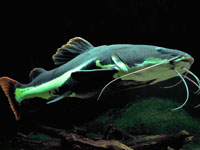 Red-Tailed Catfish in Home Aquariums
Q. The owner of my local fish store (LFS) sold me a red-tail
Red-Tailed Catfish in Home Aquariums
Q. The owner of my local fish store (LFS) sold me a red-tail
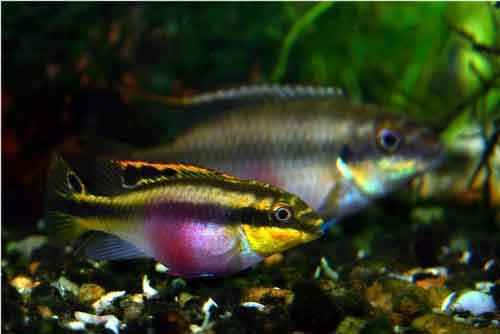 Kribensis Care and Breeding
Kribs are small, colorful cichlids that have become a staple
Kribensis Care and Breeding
Kribs are small, colorful cichlids that have become a staple
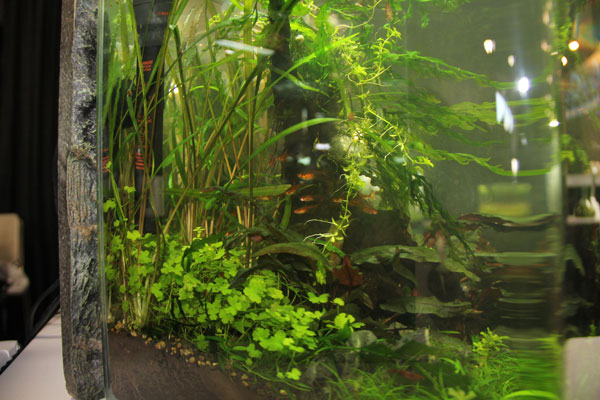 Innovations in the Aquarium Hobby
Fishkeeping has experienced a lot of progress throughout the
Innovations in the Aquarium Hobby
Fishkeeping has experienced a lot of progress throughout the
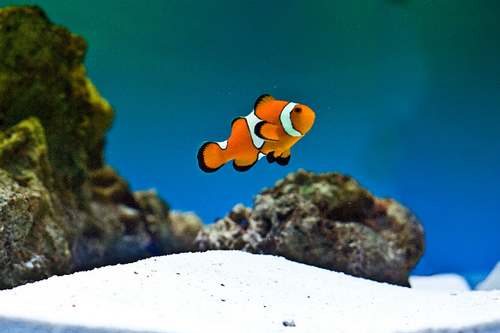 How to Set Up a Fish Tank
As with many things in life, one person’s definition of idea
How to Set Up a Fish Tank
As with many things in life, one person’s definition of idea
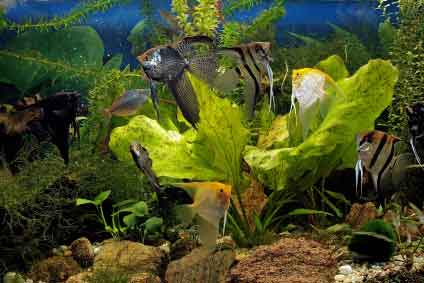 Hiding Fish
A common complaint, especially with new hobbyists, is, &
Hiding Fish
A common complaint, especially with new hobbyists, is, &
Copyright © 2005-2016 Pet Information All Rights Reserved
Contact us: www162date@outlook.com